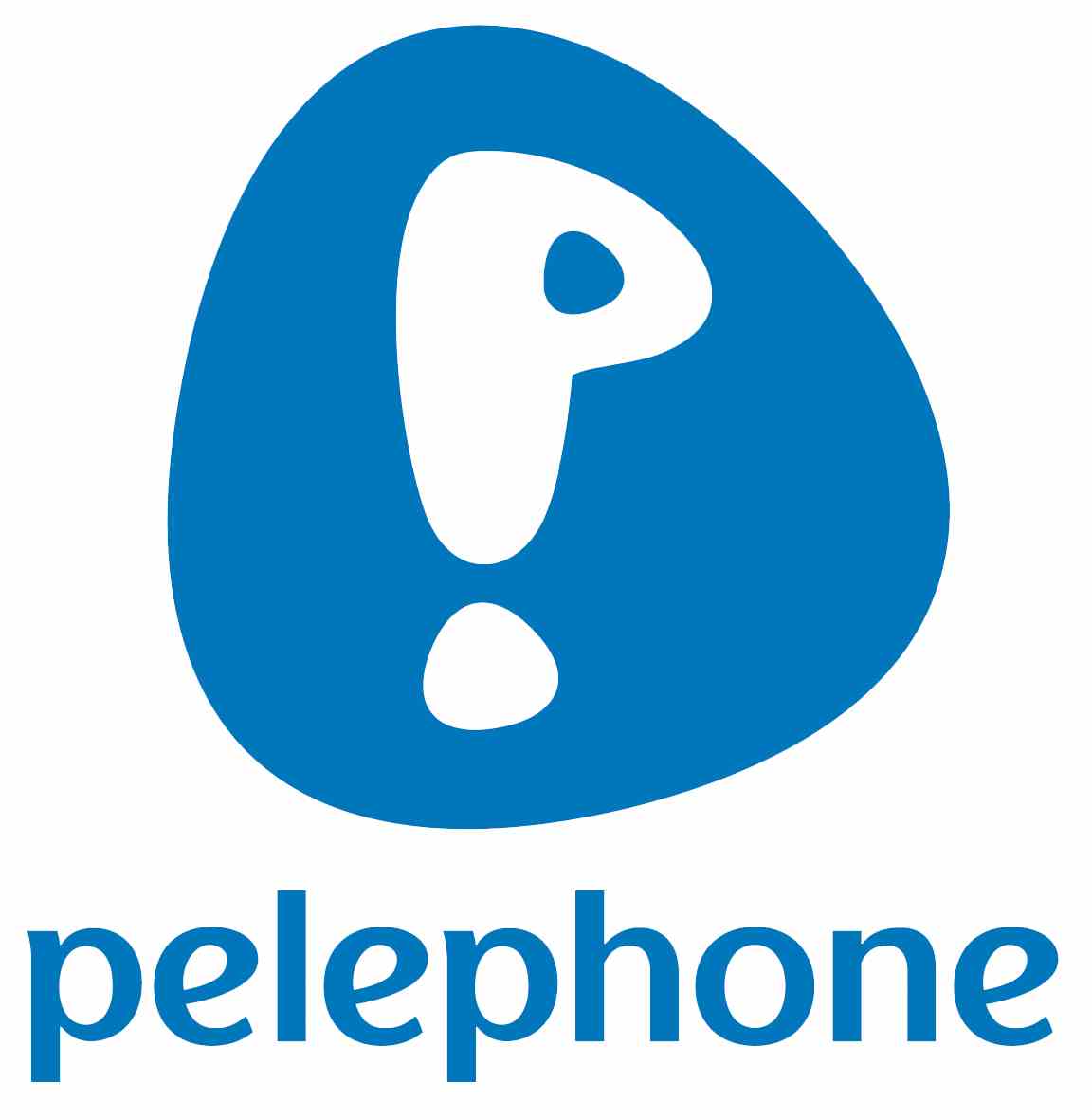Israeli Mobile Telco Pelephone Communications Turns to IBM
Switching from 13 EMC storage frames to 3 XIVs
This is a Press Release edited by StorageNewsletter.com on April 15, 2014 at 2:36 pmWith 2.6 million mobile subscribers, Pelephone Communications Ltd., an Israeli telecommunications provider, has turned to IBM Corporation to help bring much-needed order, ease of use, and flexibility to its overstressed storage infrastructure.
Pelephone, which had been relying on an aging EMC Corp.‘s solution comprised of two Symmetrix DMX systems and one Symmetrix VMAX system (for a total of 16 frames), was concerned about scalability, central management, and rising energy consumption, all in the face of increasing competition. As in many other countries, the telecommunications market in Israel is crowded with cross-industry vendors offering mixed solutions of fixed line, mobile, Internet, entertainment, and other services. To compete, companies must constantly create innovative products to add to their existing telco services.
“The reality of today’s mobile services provider is incredibly challenging, in large part due to major cellular industry reforms that cause fierce competition over price,” said Aharon Huberman, head of the IT division, Pelephone. “We must find new solutions that will bring value to our clients – like video-on-demand and music-on-demand services – while reducing operations costs.“
What the company needed, Huberman said: “was a smarter infrastructure for storing, managing and serving its growing data volumes; a solution that would meet their dynamic business needs with high-performance, scalability and BC, as well as minimal management.“
After a competitive review, Pelephone replaced its entire EMC environment with three IBM XIV Storage systems, a solution that is expected to save the company $1.5 million dollars in three years, according to Huberman.
“We implemented the XIV systems with amazing speed and with a near-impossible deadline, migrating and consolidating our entire storage onto the XIVs, performing extensive testing, and moving into production in just eight weeks,” said Huberman. “A big reason for that was because XIV does not require any planning – it handles provisioning of data automatically.“
All told, the migration from EMC to XIV included the transferring of nearly 1PB of data from 3,000 disk drives in the EMC products to 504 high-capacity drives on the XIVs.
Through the use of XIV algorithms – that derive optimal, predictable, hotspot-free performance from high-density drives – and the company’s inclusion of nearly 17TB of SSD XIV flash cache, Pelephone achieved double the IO/s with the new infrastructure.
In addition to the increased performance, the infrastructure is helping Pelephone reduce its footprint, lowering energy consumption by up to 50kW of energy per hour. And use of SAN Volume Controller storage virtualization software (equipped with real-time compression) has enabled the company to store data on 80-90% less disk space. Combined, these technologies are helping Pelephone save hundreds of thousands of dollars in power and cooling alone over the previous architecture.













 Subscribe to our free daily newsletter
Subscribe to our free daily newsletter
